History of the Mercedes S-Class
The Mercedes-Benz S-Class is a top-of-the-line model known for its uncompromising style, interior features, technological innovations, and safety systems. It's history dates to as far as 1951. The car has grown in popularity over the years, featuring some of the best limousines and full-size luxury sedans to come out of Germany. All the models sold in the United States are built in Mexico and only come in the long-wheelbase version.

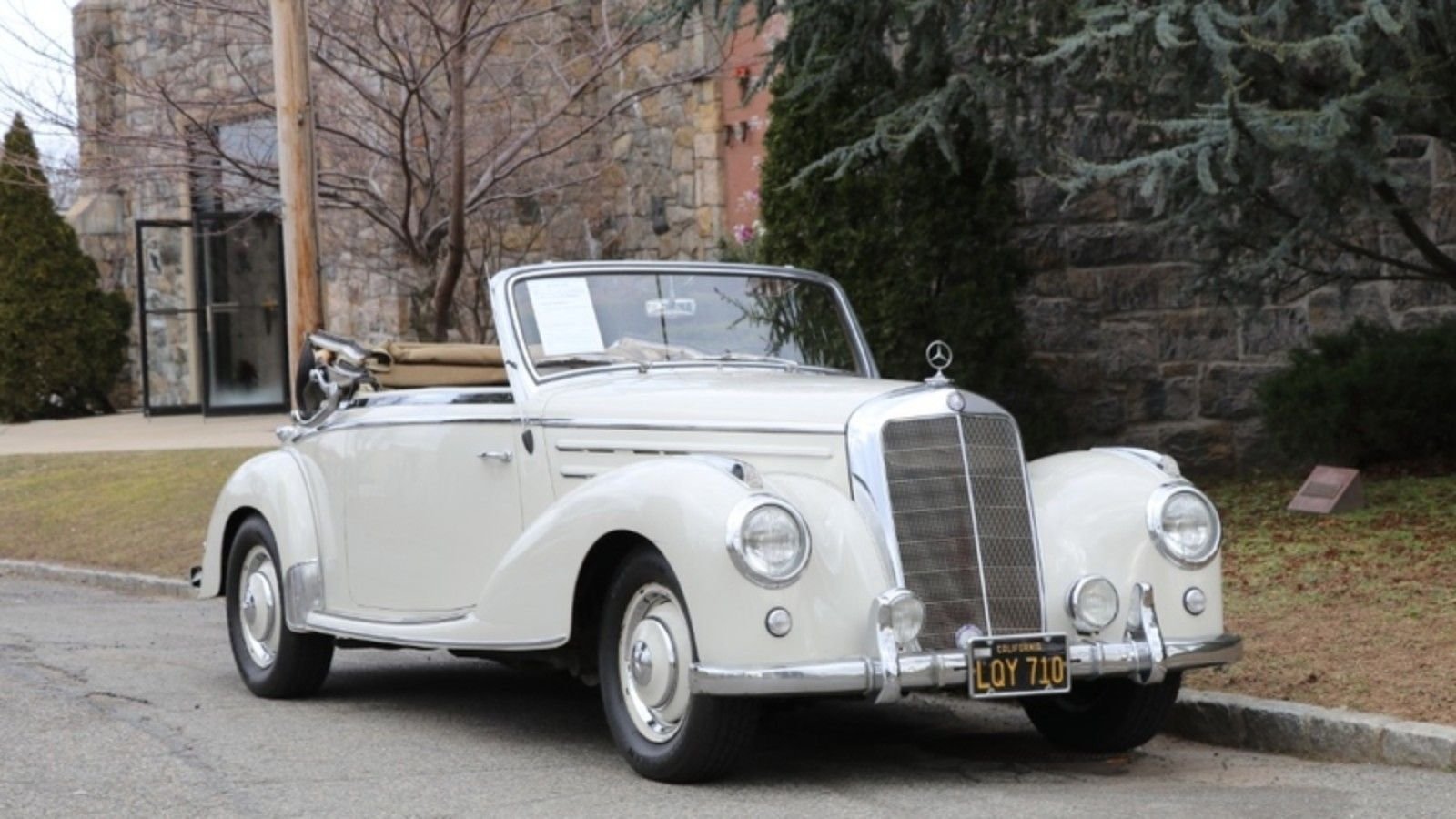
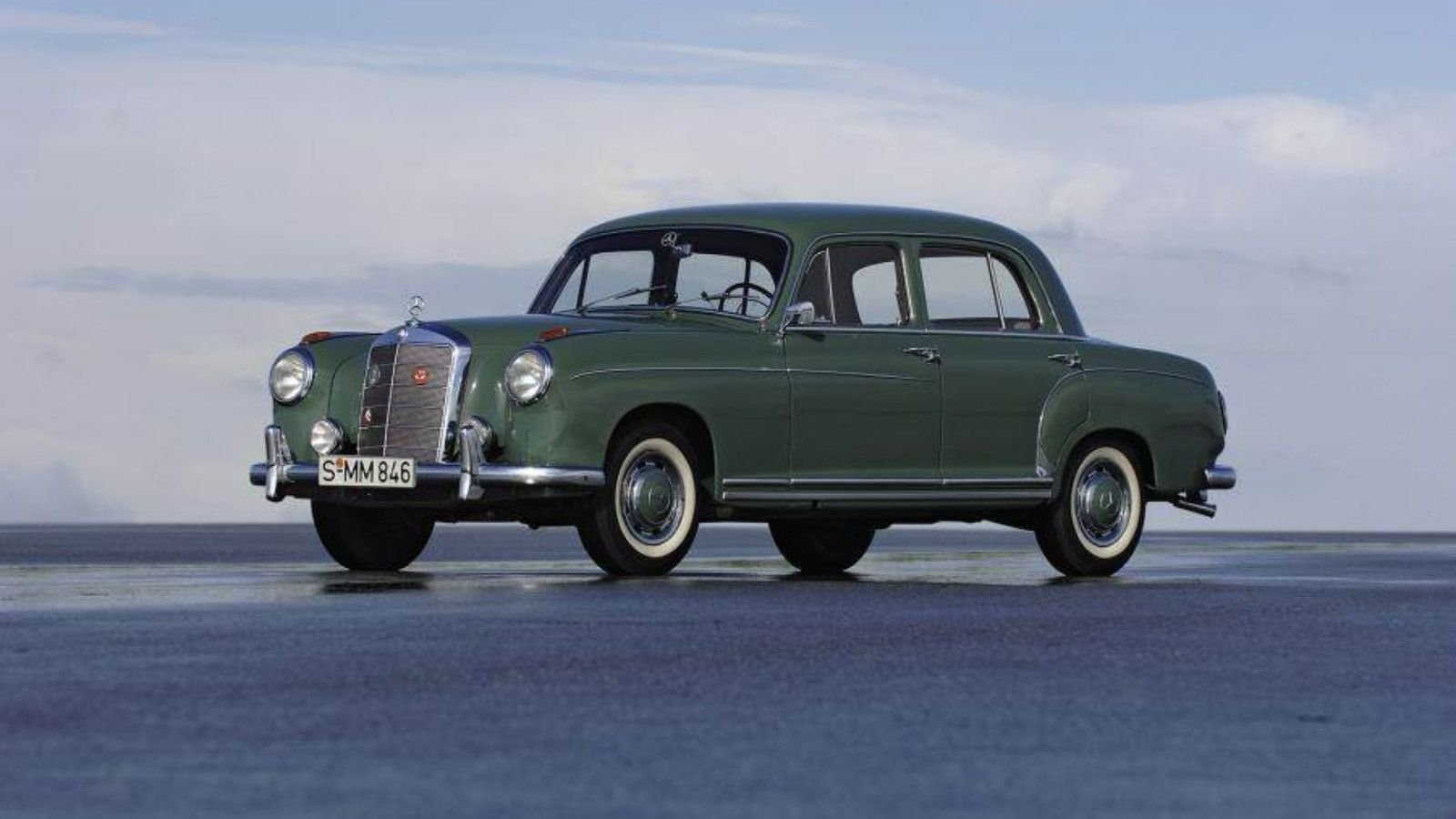

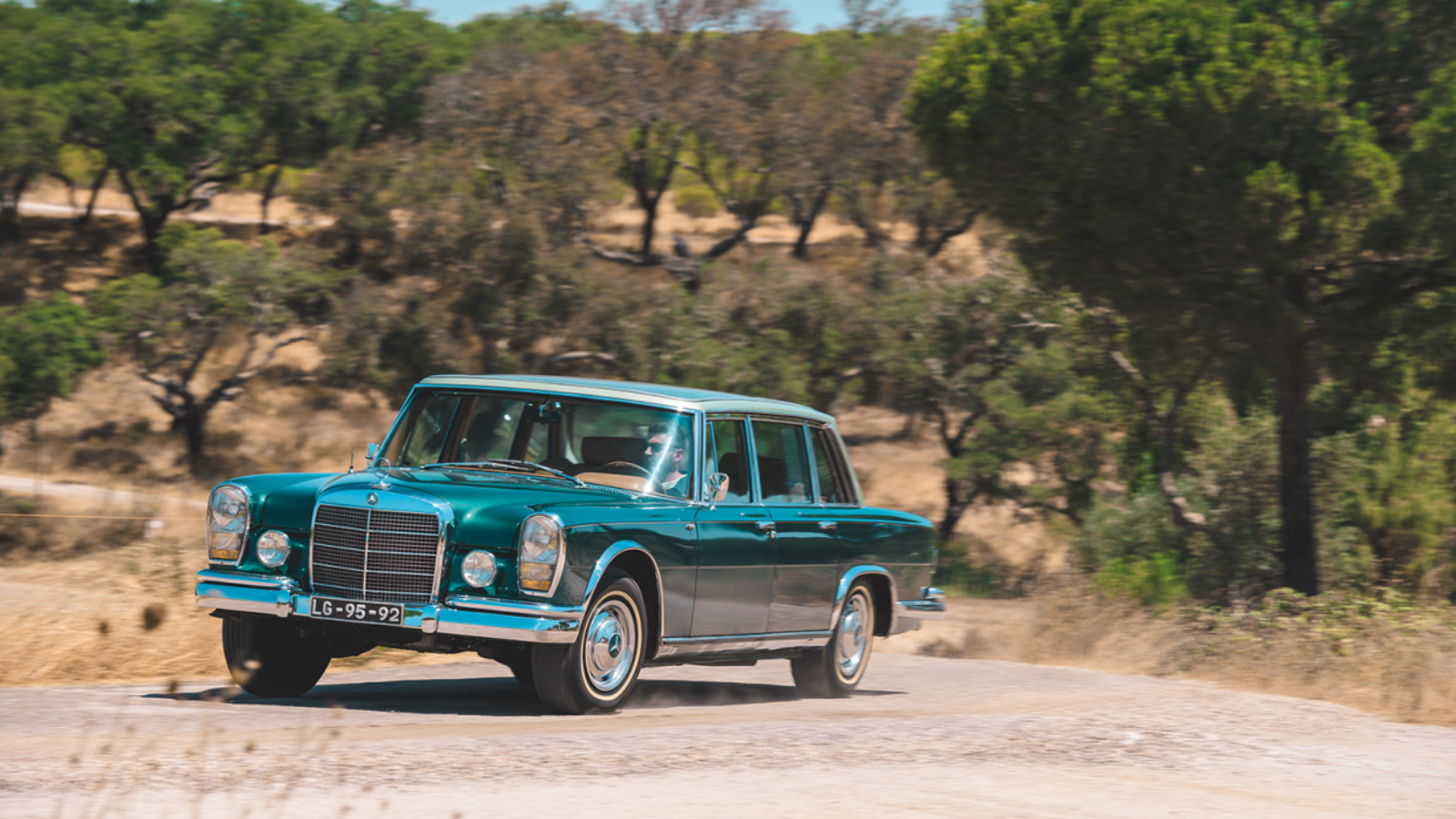
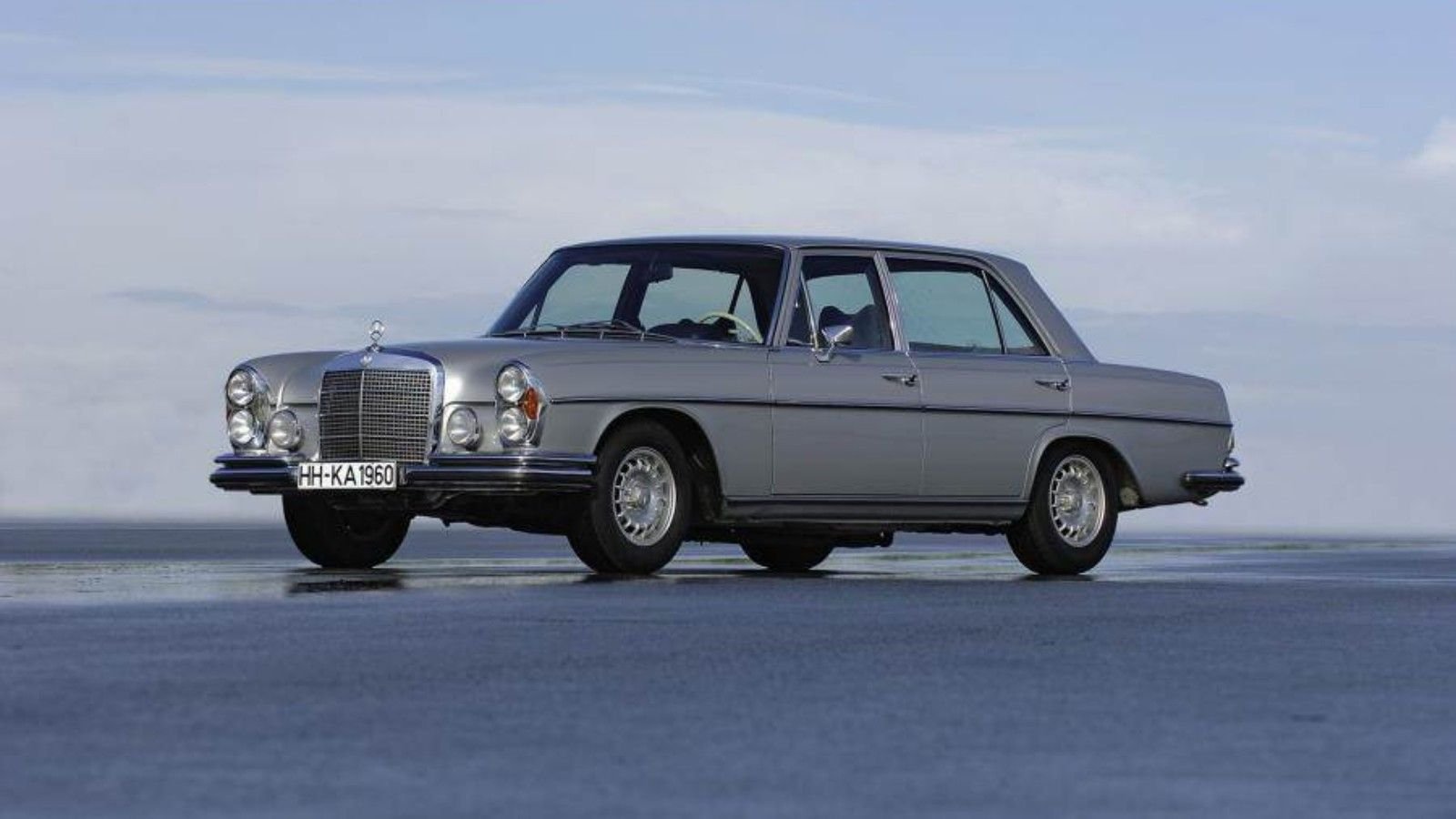




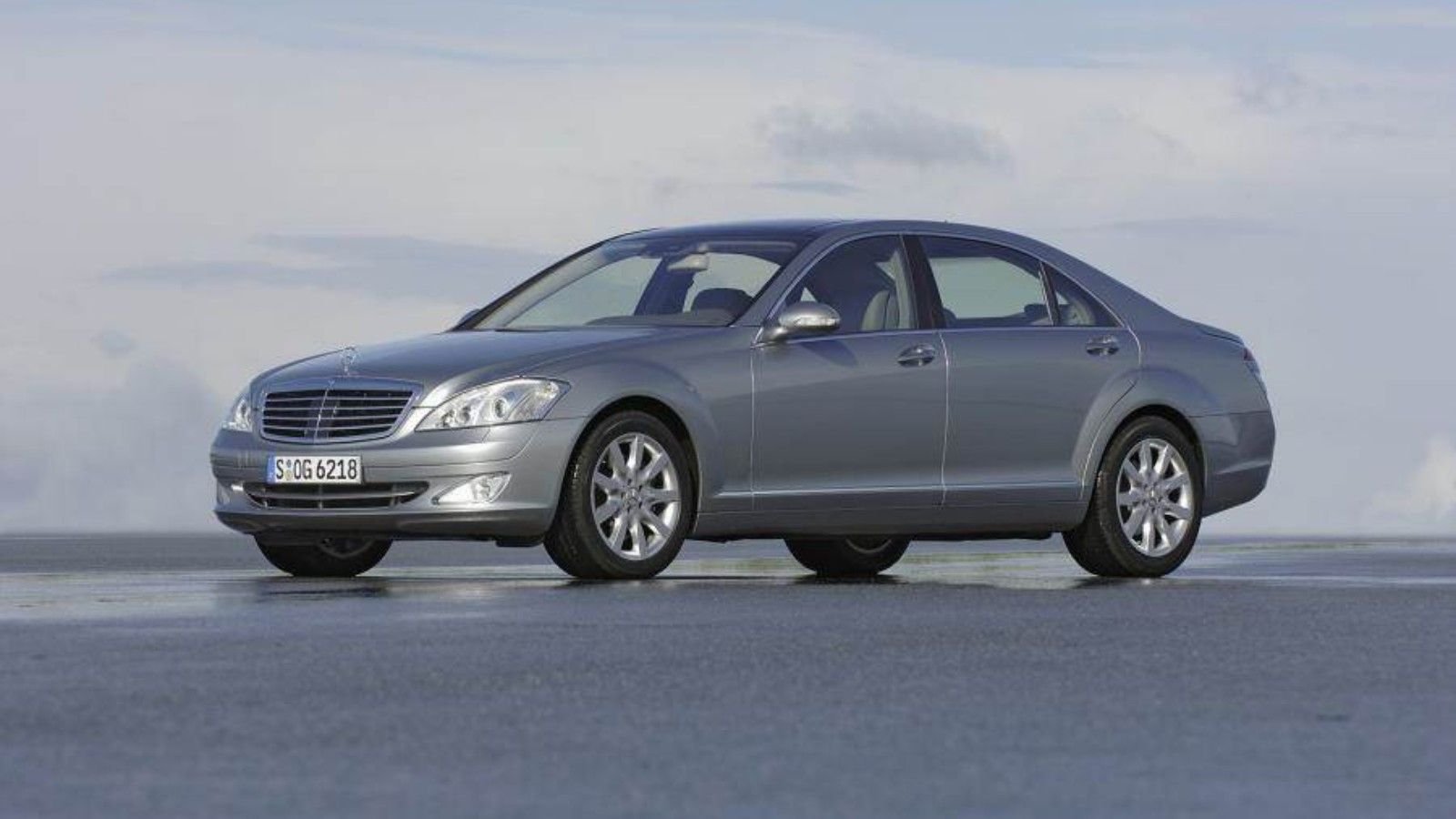
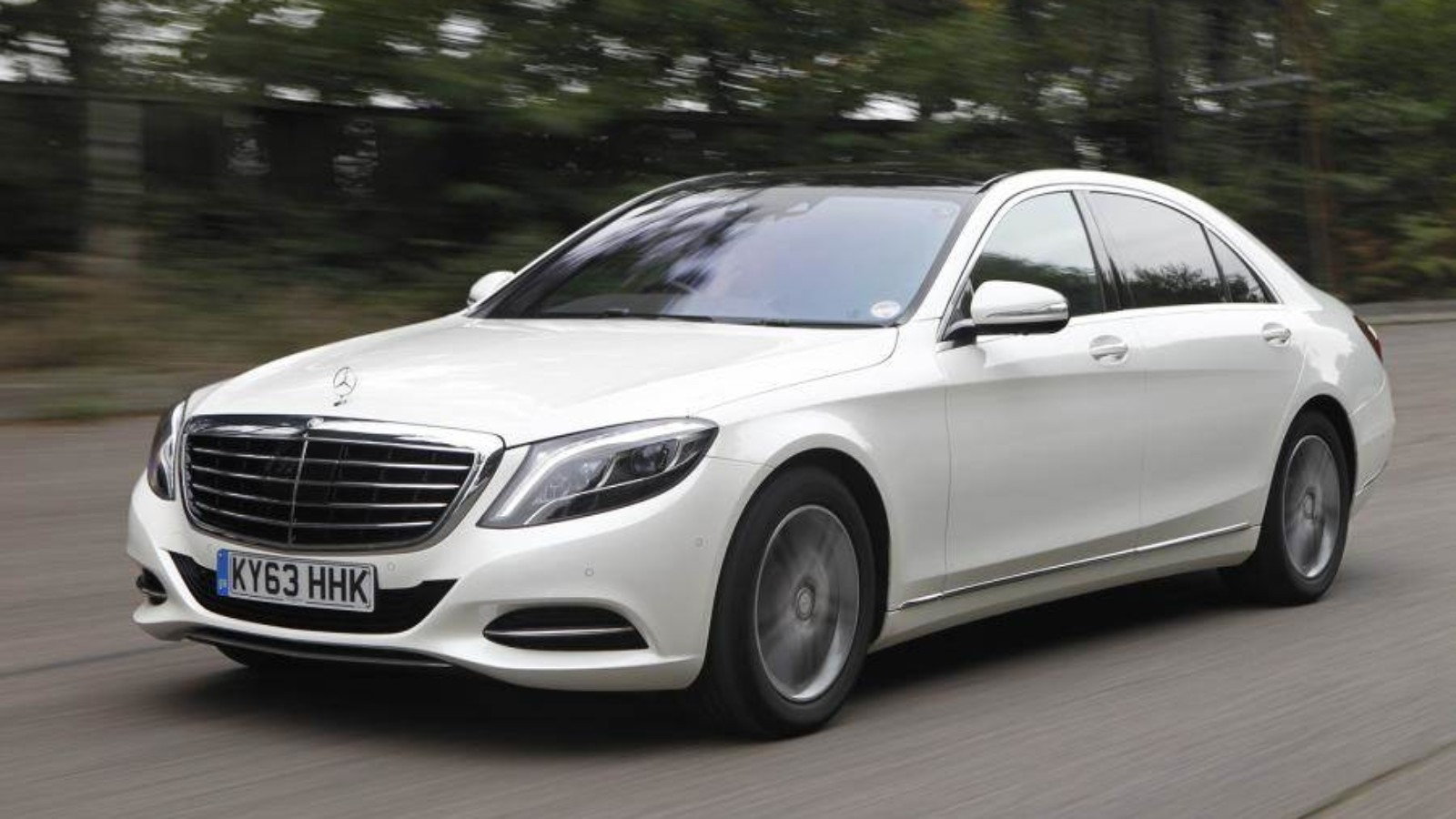












Best Car in the World
The Mercedes S-Class has been one of the most iconic vehicles ever produced with each new generation packed with improved features. Mercedes has always had one goal with the S-Class: to create the best high production car in the world. This slideshow comprises an exhaustive list of some of the most notable models that the automaker has built since the beginning.
Photo Courtesy of Motor1.
W187 220 and W186 300
The S-Class dates back to as far as 1951 when the first two models were introduced at the Frankfurt Motor Show. These were the W186 300 and the W187 220. The 220 was available as either a coupe, sedan or cabriolet. It had a six-cylinder 2.2-liter engine that produced 81 horsepower. The 300 was larger and was powered by a 3.0-liter inline-six that churned 114 horsepower. It had a top speed of 100 mph, making it the fastest production car from a German automaker. Some of its most notable innovations include a safety door lock that prevented the door from bursting wide open and an electronic torsion bar suspension that supported the rear wheels when carrying a heavy load.
Photo Courtesy of ClassicDigest.
>>Join the conversation about the history of the S Class cars right here in MBWorld.
W180 220 Ponton
Mercedes introduced the W180 220 series to the world back in 1954. It was a round and slab-like sedan that was dubbed 'Ponton.' It came with an automated clutch, separate heaters for both the driver and the passenger, manually operated fuel injection, and a single-joint swing axle for more comfort and safety.
Photo Courtesy of AutoCar India.
>>Join the conversation about the history of the S Class cars right here in MBWorld.
W111/112 Leads in Safety
In 1959, Mercedes introduced the 'Fintail' W111/112 in five versions. This ranged from the 220b to the long-wheelbase 300SE. These models took safety up a notch with cars equipped with disk brakes, three-point seat belts for better protection, crumple zones at the front and rear, wedge-pin locks, and a padded steering wheel.
Photo Courtesy of ClassicDigest.
>>Join the conversation about the history of the S Class cars right here in MBWorld.
1963 W100 600 Limousine
Mercedes then introduced the enormous W100 600 limousine in 1963. It was available either as a short-wheelbase or long-wheelbase version. Some of its most iconic features included a 6.3-liter V8 engine that could churn 250 horsepower, an all-round hydraulic system, air suspension and a bulky 5,700-pound body that gave it a powerful stance. It was very popular with politicians and celebrities before Mercedes stopped its production in 1981. By then, over 2,677 units had been built.
Photo Courtesy of AutoCar India.
>>Join the conversation about the history of the S Class cars right here in MBWorld.
W108/109 Replaces the 'Fintail'
The W108/109 sedans were launched just two years after the 600 debuted. They were introduced to replace the 'fintail' version from the previous generation. The W108 lineup included the 250 SE, 250S, 280 SE, 280S and 280SEL. The W109 was only different from the W108 in that it featured a self-leveling air suspension and an extra 4.5 inches of length. As a 'premium flagship' car, the W109 was quite the success. It convinced Daimler to add more long-wheelbase models to the range. All future S-Class models ended up having a long-wheelbase version.
Photo Courtesy of AutoCar India.
>>Join the conversation about the history of the S Class cars right here in MBWorld.
Mercedes-Benz 300SEL 6.3
The Mercedes-Benz 300SEL 6.3 was a brainchild of Mercedes engineer Erich Waxenberger. In 1966, he executed his idea of fitting the W109 with the 6.3-liter, 250-horsepower V8 engine obtained from the 600 limousine. The result was a powerful performer that could get from 0-60 mph in just 5.7 seconds. Its top speed was at 143 mph. AMG worked on the model and introduced a 6.8-liter 425-horsepower V8-powered version dubbed the 'Rote Sau' (Red Pig). It raced at the 1971 Spa 24 Hours and finished second.
Photo Courtesy of Mercedes.
>>Join the conversation about the history of the S Class cars right here in MBWorld.
S-Class
The W116 marked Mercedes' official adoption of the 'S-Class' model name. Mercedes decided to make the car its halo model in 1972. It was the first car to feature the advanced ABS system which was showcased in 1978. Other new market features included cruise control, a collision-proof tank, and a turbodiesel engine built for a sedan.
Photo Courtesy of AutoCar India.
>>Join the conversation about the history of the S Class cars right here in MBWorld.
Sleeker W126 S-Class
Mercedes launched the W126 S-Class in 1979 featuring sleeker curves and better aerodynamics. The car introduced new technological innovations such as the driver's airbag (1981) and passenger's airbag (1985). It also featured an all-alloy lighter version of the V8 engine, seatbelt tensioners on the passenger's side, and longitudinal members to cushion occupants in the event of a crash. The W126 model was produced for 12 years, making it one of the longest production-run S-Classes. It sold over 890,000 units worldwide.
Photo Courtesy of AutoCar India.
>>Join the conversation about the history of the S Class cars right here in MBWorld.
Bulky W140 S-Class
The heavy W140 S-Class debuted in 1991. Mercedes sold it in three versions: a W140 coupe and two wheelbase variants. In addition to being the first production car to feature the Electronic Stability Programme (ESP), Mercedes also equipped it with self-closing doors and trunk, adaptive damping, and brake-assist. It also came with the first 12-cylinder engine for a passenger car from Mercedes and side windows that featured double glazing. It was the most powerful passenger car back then, boasting of a 6-liter engine that churned up to 413 horsepower.
Photo Courtesy of AutoCar India.
>>Join the conversation about the history of the S Class cars right here in MBWorld.
W220 Replaces W140
Seven years later, the W220 replaced the W140. It featured a complete redesign and a body that was lighter and shorter than that of the W140. Mercedes took safety to another level again by fitting the W220 with eight airbags, an automatic recognition system for child seats, and a 'Pre-safe' passenger protection system. Other new features included a 'Keyless-Go' access system, ventilated seats, and an automatic shut-off cylinder. Mercedes also launched the very first S65 with an AMG badge. It featured a 5.4-liter V8 engine that made 500 horsepower.
Photo Courtesy of AutoCar India.
>>Join the conversation about the history of the S Class cars right here in MBWorld.
W221 and W222 S-Class
The W221 S-Class debuted at the 2005 Frankfurt Motor Show. It was bulkier and slightly bigger than the W220. Technological upgrades included several assisting features including blind-spot assist, lane-keeping assist, night view assist, a proximity control, and automatic braking. The current model is the W222 and comes with a ton of new features every year. Mercedes has been producing the W222 since 2013.
Photo Courtesy of AutoCar India.
>>Join the conversation about the history of the S Class cars right here in MBWorld.
For help with your maintenance and repair projects, please visit our how-to section in the forum
